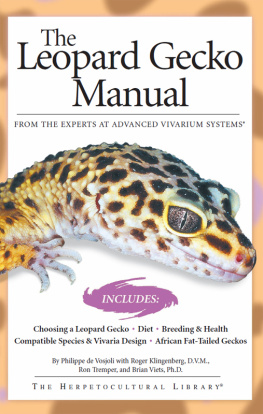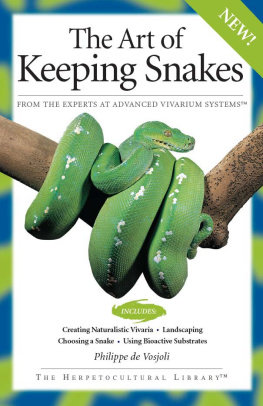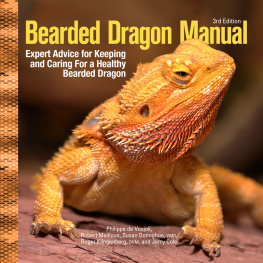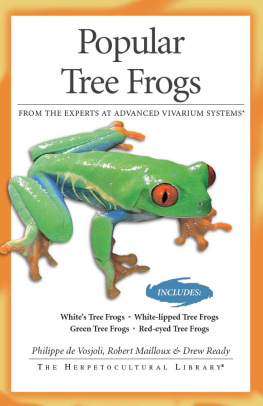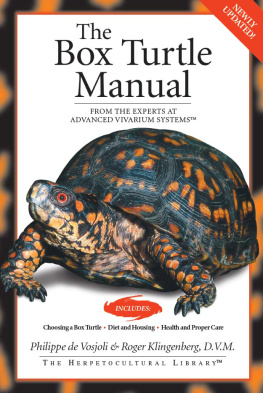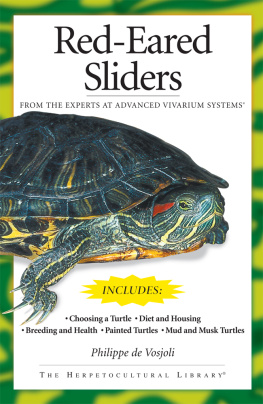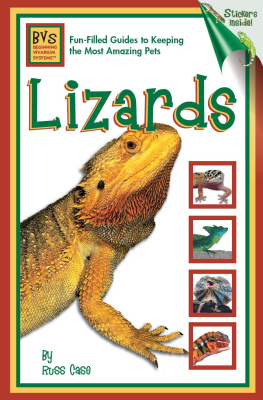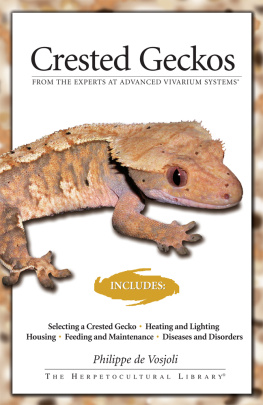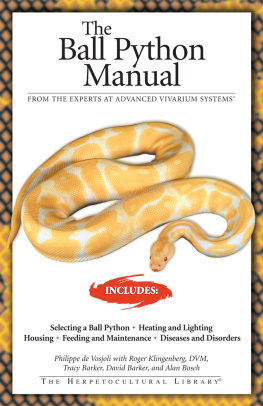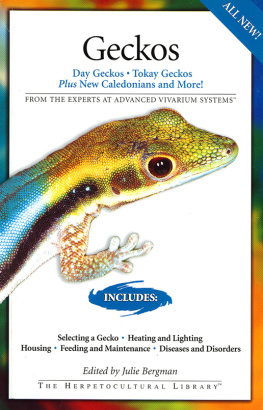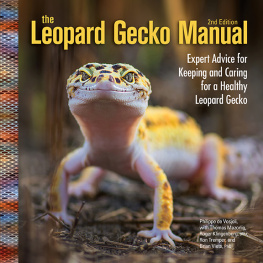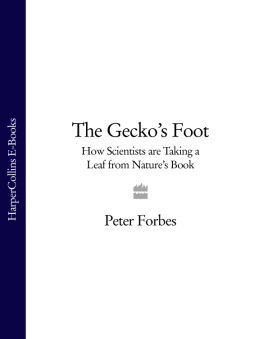Philippe De Vosjoli - The Leopard Gecko Manual: Includes African Fat-Tailed Geckos
Here you can read online Philippe De Vosjoli - The Leopard Gecko Manual: Includes African Fat-Tailed Geckos full text of the book (entire story) in english for free. Download pdf and epub, get meaning, cover and reviews about this ebook. year: 2011, publisher: CompanionHouse Books, genre: Children. Description of the work, (preface) as well as reviews are available. Best literature library LitArk.com created for fans of good reading and offers a wide selection of genres:
Romance novel
Science fiction
Adventure
Detective
Science
History
Home and family
Prose
Art
Politics
Computer
Non-fiction
Religion
Business
Children
Humor
Choose a favorite category and find really read worthwhile books. Enjoy immersion in the world of imagination, feel the emotions of the characters or learn something new for yourself, make an fascinating discovery.
- Book:The Leopard Gecko Manual: Includes African Fat-Tailed Geckos
- Author:
- Publisher:CompanionHouse Books
- Genre:
- Year:2011
- Rating:4 / 5
- Favourites:Add to favourites
- Your mark:
The Leopard Gecko Manual: Includes African Fat-Tailed Geckos: summary, description and annotation
We offer to read an annotation, description, summary or preface (depends on what the author of the book "The Leopard Gecko Manual: Includes African Fat-Tailed Geckos" wrote himself). If you haven't found the necessary information about the book — write in the comments, we will try to find it.
Considered by author Philippe de Vosjoli as the first domesticated species of lizard, the leopard gecko has fast become the reptilian version of the parakeet or goldfish. Leopard Geckos takes a close look at the characteristics of this species that have made these attractive lizards so amazingly popular in the pet world. As a hardy, easy care, and potentially long-lived lizard, the leopard gecko is the perfect size, attractive in its velvety skin, and fairly easy to breed. The subject of breeding geckos is covered in multiple chapters in this book led by author and herp expert de Vosjoli, who is joined by gecko specialists Dr. Roger Klingenberg, Ron Tremper, and Dr. Brian Viets, who each contribute special chapters to this up-to-date and authoritative guide. Colorfully illustrated, Leopard Geckos provides excellent general guidelines for keepers who wish to add a gecko to their vivarium and maintain their pet in excellent health and condition. The authors provide an introduction to gecko characteristics including distribution, size, longevity, and growth rate, to help beginners better understand the anatomy and behavior of these fascinating lizards. This Advanced Vivarium Systems title includes information about selecting a healthy leopard gecko, handling, housing needs, water and feeding requirements, and shedding and tail loss. Dr. Klingenberg provides the chapter The Recognition and Treatment of Disease, which covers specific disorders keepers should be aware of. De Vosjoli begins the discussion on breeding leopard geckos, and then is joined by Dr. Viets for a chapter on Incubation Temperature and Hatchling Sex and Pigmentation. Trempers chapter on Color and Pattern Variations focuses on the genetic aspects of breeding leopard geckos. The book also discusses the African fat-tailed gecko plus other eublepharids, including the African clawed gecko, Japanese leopard gecko, Malaysian cat gecko, and the Central American banded gecko.
Philippe De Vosjoli: author's other books
Who wrote The Leopard Gecko Manual: Includes African Fat-Tailed Geckos? Find out the surname, the name of the author of the book and a list of all author's works by series.

